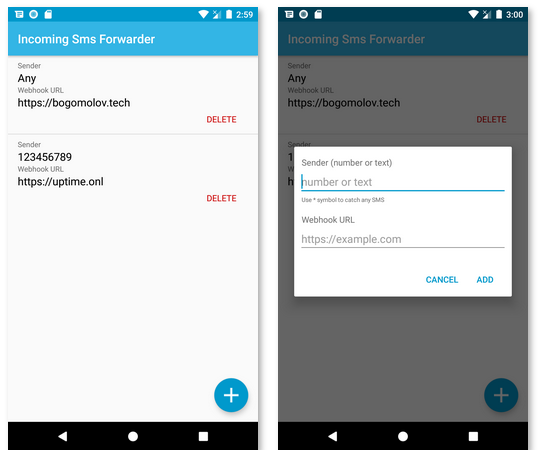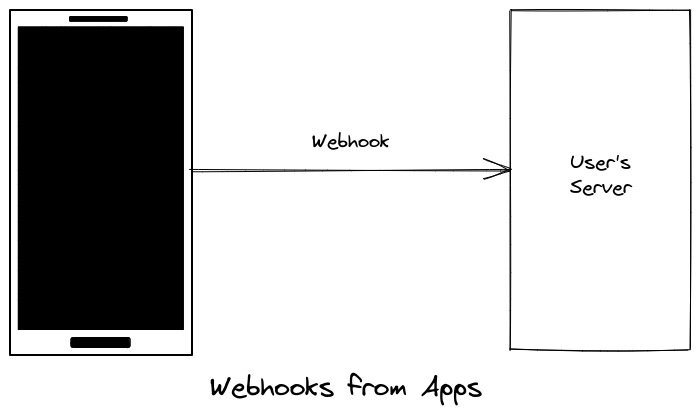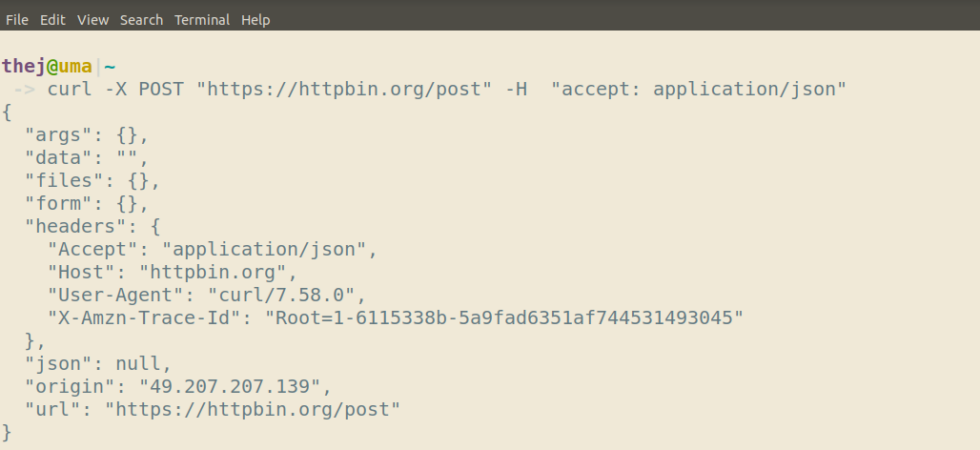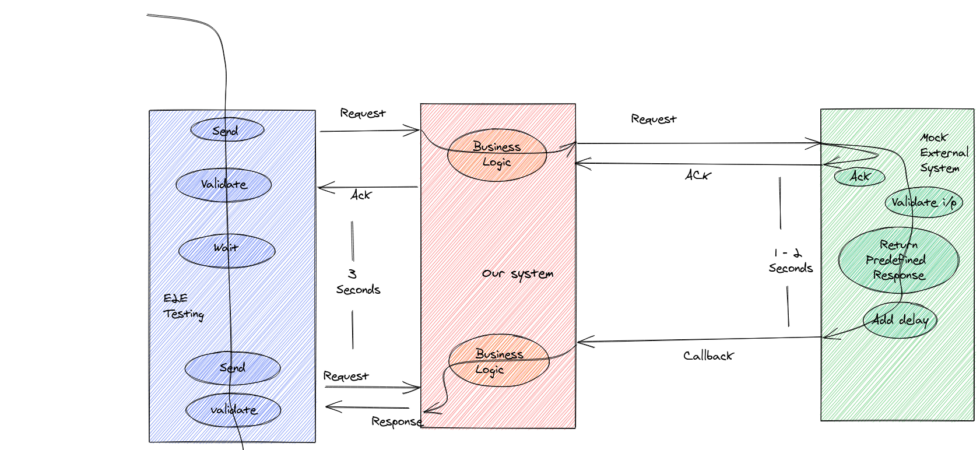Web-Powered Workflows: Fetching and Running Digdag Workflows with Callbacks
In Digdag, workflows are typically defined in YAML files with a “.dig” extension. Developers usually write these workflows, which consist of tasks to be executed. However, tasks can also be added dynamically using the Digdag Python API or by downloading a “.dig” file from a remote HTTP server and incorporating it as a subtask. This approach is useful when a web service or app generates customized workflow files based on web app conditions, allowing the workflow logic to be managed externally. You can add webhooks to make it reactive.

















